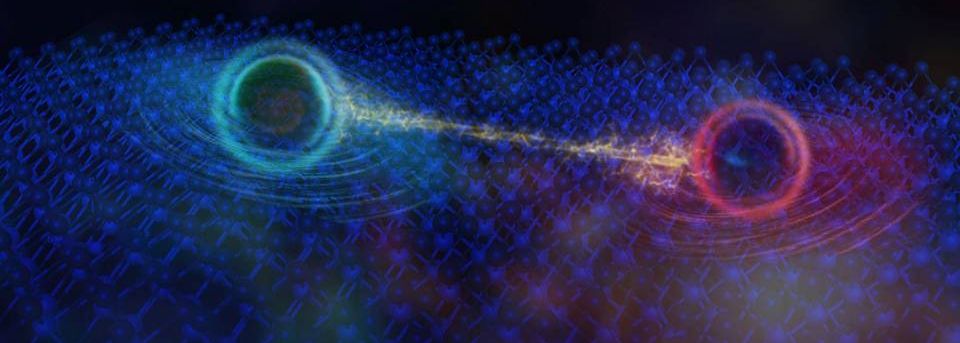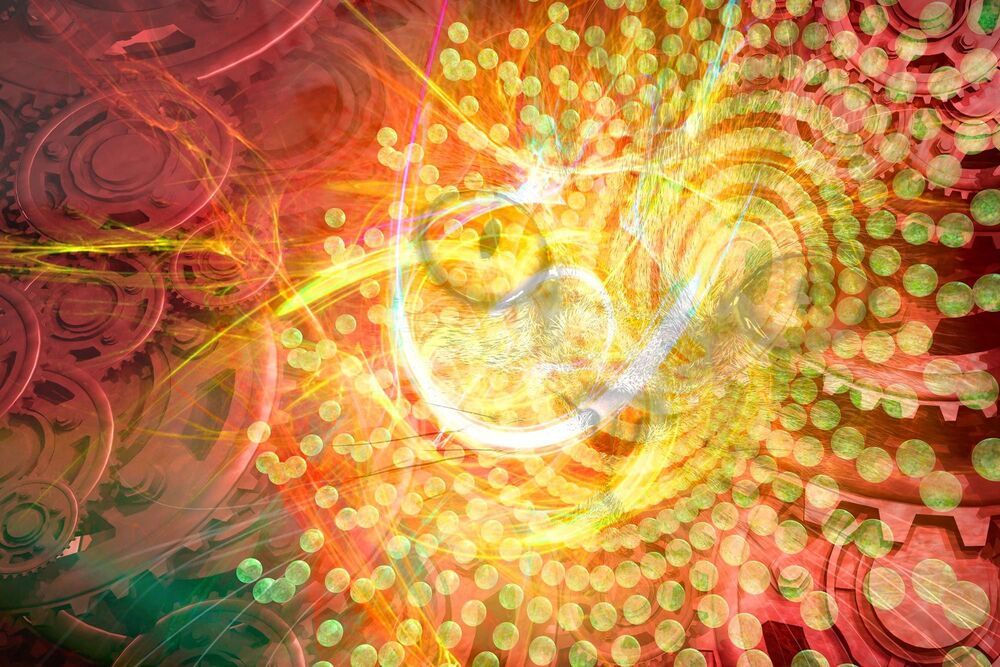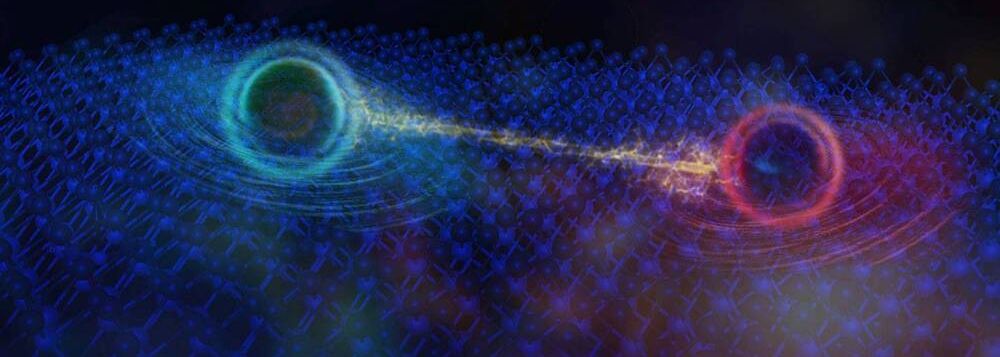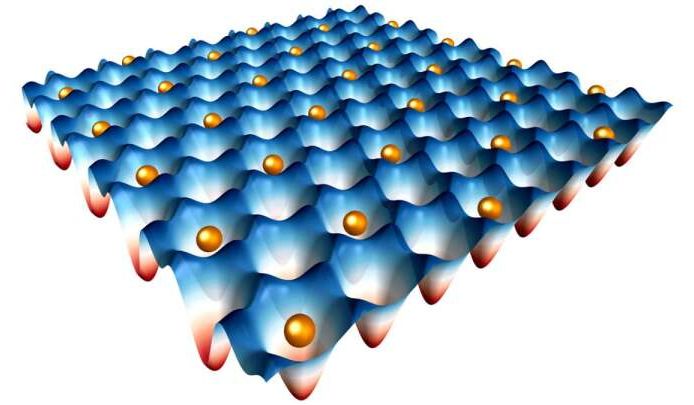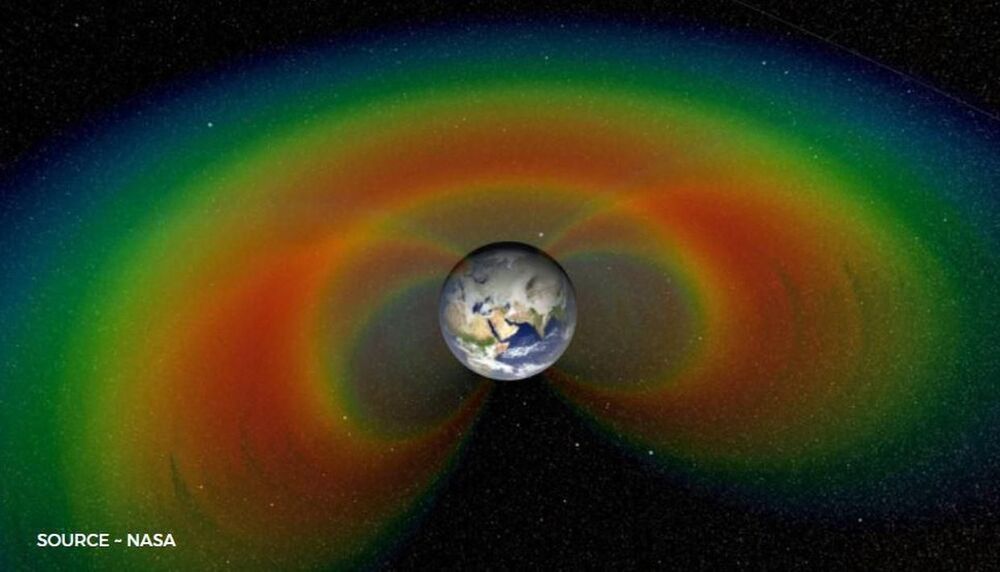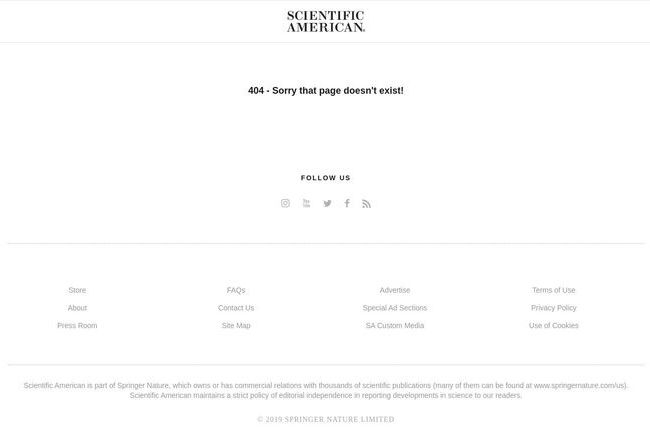Jan 12, 2021
New quantum particle may have been accidentally discovered
Posted by Quinn Sena in categories: particle physics, quantum physics
Basically speaking, metals conduct electricity and insulators don’t. On the molecular level, that comes down to how freely electrons can move through the materials – in metals, electrons are very mobile, while insulators obviously have high resistance that prevents them moving much.
As a side effect of this, metals can exhibit a phenomenon known as quantum oscillations. When exposed to a magnetic field at very low temperatures, electrons can shift into a quantum state that causes the material’s resistivity to oscillate. This doesn’t happen in insulators, however, since their electrons don’t move very well.
